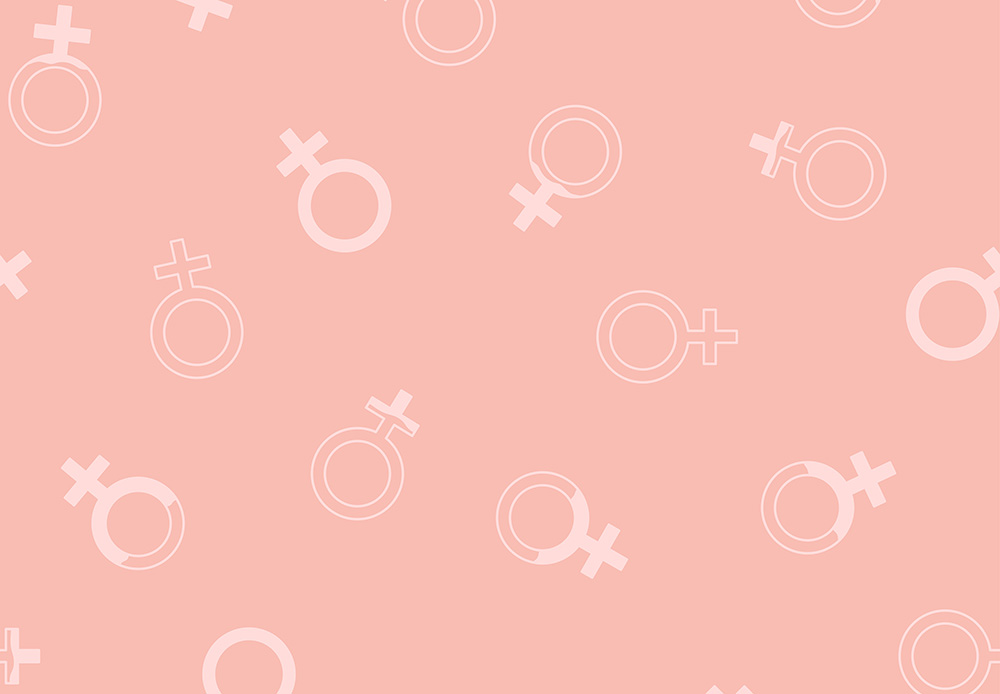How Estrogen Affects the Body
Low estrogen levels are part of the aging process, and they are responsible for many unpleasant side effects. There is a solution because estrogen therapy is an option that may alleviate those symptoms.
What Is Estrogen?
Estrogen is a sex hormone, and both male and female bodies produce it. In general, any hormones are powerful chemical messengers that indicate how certain organs or cells should operate.
How Does Estrogen Affect Women?
Estrogen is involved in several female bodily functions. For example, it is released during puberty, and it causes young women to begin developing female characteristics. The ovaries produce the majority of the estrogen in a woman’s body. The adrenal glands that are located on the top of each kidney also produce estrogen, and fat cells produce a small amount.
The brain produces this hormone as well, and estrogen in this area regulates a woman’s mood, memory, and body weight. One of the most important functions that it performs is keeping the brain from being damaged when a female is experiencing a stroke or a traumatic injury.
Estrogen regulates a female’s menstrual cycle, so it affects women’s pelvic muscles, mucous membranes, hair, skin, breasts, bones, blood vessels, heart, urinary tract, and reproductive tract.

How Does Estrogen Affect Men?
The male reproductive system also needs estrogen to function properly. Specifically, the male body converts testosterone into a form of estrogen known as “estradiol.” Estradiol encourages testicular function, produces sperm, aids in achieving erections, and regulates the male sex drive. In addition to the functions above, estrogen helps maintain healthy cholesterol levels and keeps the body’s bones and heart healthy.
The male body needs estrogen, but sometimes, there is too much. When this occurs, a man may experience depression, erectile dysfunction, and infertility. When estrogen levels are low, a man experiences osteoporosis, bone loss, excess belly fat, and a decreased sex drive.
What Is the Purpose of Estrogen?
Estrogen causes the feminine bodily structures to function, including the following:
The Breasts
First, the body uses estrogen to produce additional breast tissue during puberty. While a woman is pregnant, estrogen stops the breasts from producing milk after a baby no longer needs it.
The Uterus
The uterus has a mucous membrane, and estrogen maintains the lining of this organ. In addition to that, estrogen controls the thickness and the flow of the secretions that occur in the uterus.
The Vagina
Estrogen makes sure that the vaginal walls are thick. It also ensures that the area is lubricated.
The Ovaries
Estrogen is the substance that causes the egg follicles to grow.
Estrogen Levels during the Menstrual Cycle
A woman’s estrogen levels rise during the follicular phase. This causes the lining of the uterus to increase and thicken. If pregnancy does not occur, estrogen levels fall. This causes the uterus to shed its extra lining. Specifically, this is when a woman is menstruating.
Estrogen Levels during Menopause
During menopause, estrogen levels decrease.
How is Estrogen Beneficial to Women?
Estrogen is needed most when a girl is between the ages of nine and 14. This is when a girl enters puberty, and her body becomes womanlier. Estrogen is also very important during menstruation and pregnancy because it helps the uterus grow.
Other benefits include the following:
- Keeps the skin, heart, brain, and important tissues and organs from being damaged.
- Maintains the health and strength of the bones. Low estrogen levels cause the bones to become brittle.
- Maintains healthy cholesterol levels.
- Starts the menstrual cycle.
- Begins breast tissue growth.

What are the Overall Effects of Estrogen?
Estrogen plays a role in several bodily functions. Along with all of the contributions listed above, it also helps the cardiovascular system function properly. It is very important to a woman’s cognitive health.
What are the Different Types of Estrogen?
The body produces three types of estrogen, and they include the following:
Estradiol
Between the ages of 20 and 35, estradiol is the most plentiful. Men produce estradiol as well as women. When there is too much estradiol in the body, it results in depression, osteoporosis, low sex drive, and acne. If a woman has extremely high levels of estradiol, it increases her chances of contracting breast or uterine cancer.
Estriol
A woman’s body produces estriol during pregnancy. It is the hormone that causes the uterus to grow, and it also gets the body ready to give birth. These estrogen levels reach their highest right before the baby is ready to be born.
Estrone
Menopause means that the menstrual cycle ends. After a woman fails to have a period for one year, she receives the diagnosis of “menopause.” After a woman enters menopause, the type of estrogen her body produces becomes “estrone.” This type of estrogen is weaker than the other types. The body converts it to other forms of estrogen when it is necessary.
Why Do Women Commonly Lose Estrogen?
When women enter the perimenopause phase, the ovaries aren’t producing as much estrogen. Because a woman’s overall health is directly related to her estrogen levels, lower estrogen levels mean that her health begins to suffer.
After a woman enters menopause, her estrogen levels continue to decrease. This also occurs if her ovaries are surgically removed. The loss of estrogen is what naturally occurs during the aging process, but it is also something that women need to discuss with their doctors. That’s because there are many other reasons that estrogen levels can drop, including the following:
- A malfunctioning pituitary gland
- Kidney disease
- Ovarian failure, polyps, or cysts
- Eating disorders
- Vaginal thinning
- Vaginal dryness
- Fibroid tumors
- Fibrocystic breasts
What Are the Benefits of Estrogen Therapy?
Estrogen therapy balances a woman’s estrogen levels and causes the following:
- Restores your sleep patterns
- Improves your sex life
- Decreases wrinkles
- Improves body shape
- Improves cognitive functioning
- Encourages weight loss
- Reduces stress
- Causes you to look and feel younger
- Increases energy
- Controls the symptoms of menopause
Hormone replacement therapy is often the treatment for low estrogen levels. However, the medical community reserves estrogen therapy for women experiencing the most debilitating symptoms. These symptoms must affect their sense of well-being and overall health because estrogen levels are low.
Estrogen therapy replaces the estrogen that the body can no longer produce due to aging. The purpose of this therapy is to relieve the symptoms of menopause.
Contact CA Hormones Today!
Are you interested in learning more about hormone replacement therapy and how it can help improve the effects of low estrogen? Speak with one of our team members today!
If you have been experiencing the unpleasant symptoms listed above, there is help for you. Contact us at CA Hormones, and we will help you feel like your old self again.
Contact CA HORMONES
For any other questions please contact CA Hormones solution by filling out the form below or giving us a call at +1 (949) 524-9045
CONTACT USContact CA Hormones Today!
Fill out our only form or contact us by phone at our convenient toll-free phone number!
